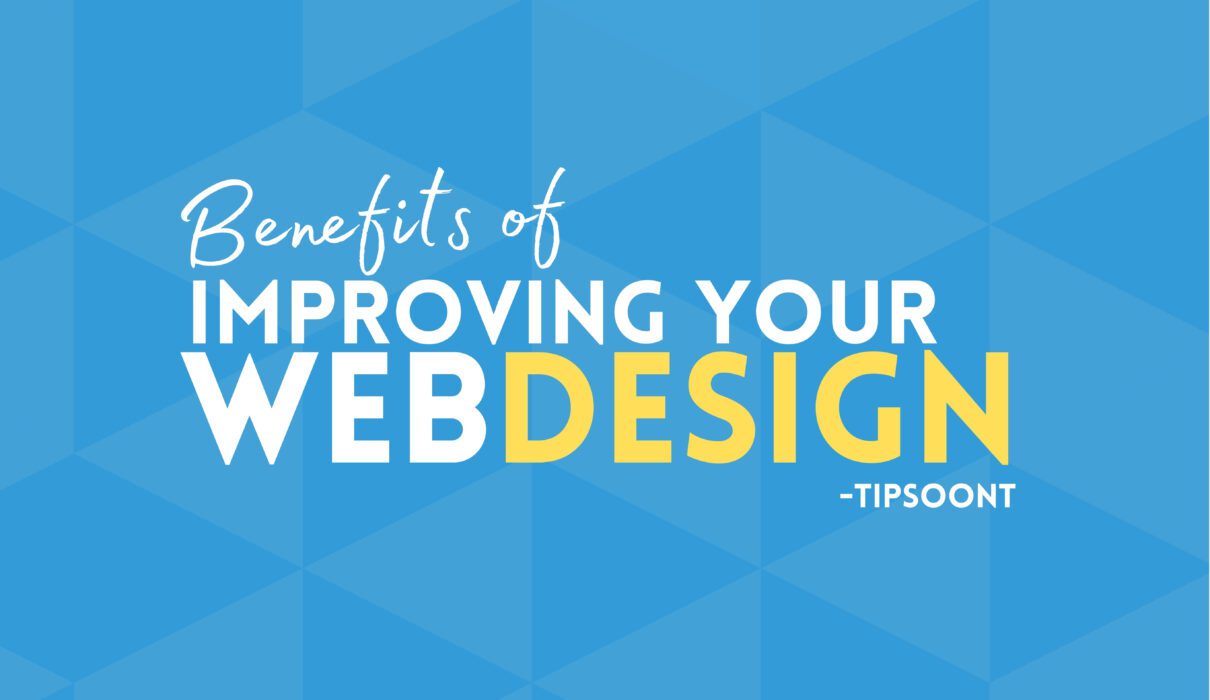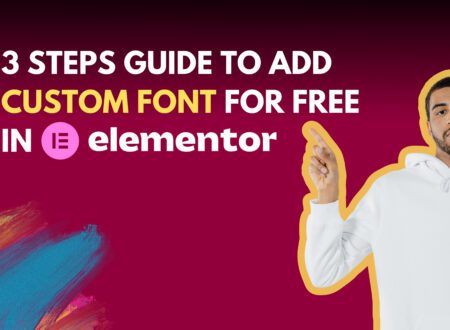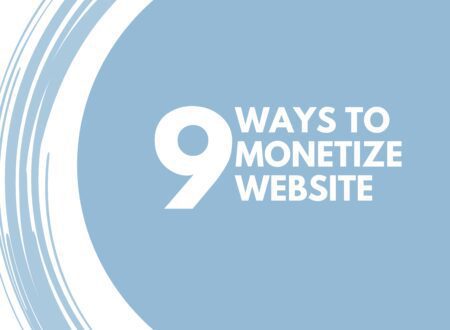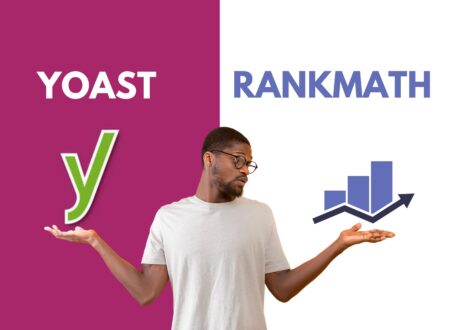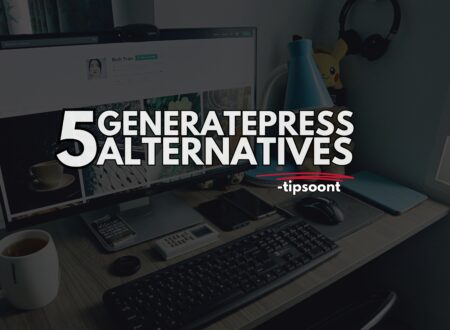Discover the key benefits of improving your web design in 2025. Enhance user experience, SEO rankings, conversions, and brand credibility with a modern website.
Introduction
At present, your website is your brand’s storefront. Visitors often decide within seconds whether to stay or leave based on your web design. A well-structured, responsive, and user-friendly design doesn’t just look good—it drives SEO performance, customer trust, and sales conversions.
Nowadays, creating websites is easy. Significantly, different CMS systems have made it erroneously easy; even without knowing a single code, you can create your own. Well, this isn’t it because having a professional web design also matters a lot.
That’s why you need to know all those benefits of website design, which would lead you toward better results. Especially if you are one of those people who consider web designing to be all about drag and drop, buckle up your sleeves to read the importance of an effective and responsive website design.
In this blog, we’ll dive deep into the top benefits of improving your web design and why investing in it can set your business apart in 2025.
Benefits of Website Design:

1. Builds Credibility and Trust
A modern, professional-looking website immediately tells visitors that your business is legitimate. First impressions matter, and a clean design helps establish trust and authority, making users feel more confident in engaging with your brand.
2. Enhances User Experience (UX)
Good design improves navigation, readability, and functionality. Features like intuitive menus, clear call-to-actions, and mobile responsiveness make it easier for visitors to find what they need, reducing frustration and increasing engagement.
3. Boosts SEO Performance
Website design directly affects your Google rankings. Fast load times, mobile-friendly layouts, and structured content enhance Core Web Vitals, increasing your site’s likelihood of appearing on the first page of search results.
4. Increases Conversions
A strategically designed website guides users through a conversion journey—from discovering your services to taking action, whether it’s making a purchase, booking a call, or subscribing to a newsletter. This can significantly improve sales and lead generation.
5. Strengthens Brand Identity
Your website reflects your brand’s personality. Consistent colors, typography, and visuals create a memorable impression, helping you stand out from competitors and reinforcing your brand identity in the minds of visitors.
6. Ensures Mobile Responsiveness
With more than 60% of users browsing on mobile devices, responsive design ensures your site adapts seamlessly to all screen sizes. This improves accessibility and keeps you from losing potential customers.
7. Provides a Competitive Advantage
An outdated website makes your business look irrelevant. By investing in modern web design, you gain a competitive edge, positioning your brand as forward-thinking and customer-focused.
8. Professional Look and User Trust
As the saying goes, the first impression is the last, and the same goes for websites. The first look at your website matters the most and needs to be considered. That’s why the critical benefit of a web design is that it creates a professional look and leaves a good impression on the user, which will ultimately help them decide whether to navigate the site.
An outdated website wouldn’t look appealing to him, and he might lose interest, so you need to create the first impression about your business or services through your site design. Moreover, you need more than a functional design to make you credible, so creating a professional design would also help the user trust your service or products.
If your user has stayed for more than 30 to 40 seconds on your site, then congratulations, you succeeded in leaving a good first impression, and now it’s time to deliver what they were looking for.
9. Need of the hour:
Suppose your competitors are growing and improving themselves day by day, but you are sticking with the same design and approach; would you get the ultimate benefit in this digital era? No, you won’t! That’s why nobody can stop you from growing if you ignore the importance of web design.
If a large number of competitors surround you, then you need to focus on the benefits of website design on a priority, where the number one benefit of doing it will be to stand out from the crowd.
A website design not only includes simple drag and drop, but also the colors and font selection need to be considered, which may seem minor effects but collectively have a large effect. Implementing all these strategies would help you stand out from your competitors, and you would get better results compared to them.
TIP: No need to use bright colors that may offend him. That’s why it’s better to get rid of old strategies. Find a suitable color scheme for your website that resonates with users’ needs.
10. Search Engine Rankings

All the search engines keep themselves updated, so the benefit of having a responsive web design would let the search engines understand and crawl your website correctly. Otherwise, your efforts might only be worth it once or if you keep your site up to date.
Now, you might wonder how the website design could affect the SEO of your site, so let us make it clear to you;
- You may have used codes in your website design that need to be SEO friendly.
- Moreover, let’s say you are publishing the content on your site, but what if it is performing poorly in search engines, which means messing up with many factors?
- Nowadays, Google has also launched an update named Core Web Vitals, so anyone who knows and works on search engines can easily understand its importance. The crux of this update was to put the user experience first, and you would quickly understand its importance when it comes to web design.
You need to prioritize your web design to get better search engine rankings and boost SEO traffic.
11. Bounce rate Vs. Revenue:
Another benefit of improving the website design is a decrease in Bounce rate and an increase in revenue; these factors are correlated. Whereas bounce rate means the user didn’t find your web design compelling and wants to go back. So, what makes them stay there is the design.
So, if a person stays on your site and keeps exploring and reading it, the chances are he found it helpful; as a result, the bounce rate would automatically reduce. The chances of generating revenue would increase.
That’s why if your website design is catchy enough, then the chances are he would stay there for long, and chances are you would also get the leads. Suppose you are doing PPC; you still need a responsive and catchy design for your site to attract the reader.
Old Website vs. Improved Website Design
| Aspect | Old/Outdated Website ❌ | Improved Website Design ✅ |
|---|---|---|
| First Impressions | Looks unprofessional, lowers trust | Creates credibility and builds trust instantly |
| User Experience (UX) | Confusing navigation, poor layout | Easy navigation, smooth browsing experience |
| Mobile Responsiveness | Breaks on mobile, hard to use | Fully responsive on all devices |
| Loading Speed | Slow, causing high bounce rates | Fast load times, better engagement |
| SEO Performance | Low rankings, hard to find online | Optimized for search engines, higher visibility |
| Conversion Rates | Visitors leave without action | Clear CTAs increase sales & leads |
| Brand Identity | Inconsistent, outdated visuals | Strong, consistent branding |
| Competitive Edge | Falls behind competitors | Stands out in the industry |
| Customer Trust | Visitors question credibility | Builds long-term trust & loyalty |
| Revenue Potential | Lost opportunities & low ROI | Higher ROI through better conversions |

How web design affects SEO and ranking
1. Site Speed and Performance
A slow website hurts SEO rankings. Heavy images, poor coding, or unoptimized design can make your site sluggish. Search engines like Google prioritize fast-loading websites because they deliver a better user experience.
2. Mobile Responsiveness
With most searches happening on mobile devices, Google ranks mobile-friendly websites higher. A responsive design ensures your site adapts to all screen sizes, which directly impacts SEO.
Clear menus and logical page structures make it easy for users—and search engine crawlers—to find important content. Poor navigation can increase bounce rates, which negatively affects rankings.
4. User Engagement Signals
Search engines track how visitors interact with your site. If your design is clean and engaging, users stay longer, reducing bounce rates and increasing dwell time—both positive ranking factors.
5. On-Page Optimization Opportunities
Good design makes it easier to place headings, keywords, images, and internal links strategically. This helps search engines understand your content better and improves your chances of ranking.
6. Secure and Accessible Design
Websites with HTTPS encryption and clean coding practices rank higher. A well-designed site ensures secure connections and accessibility, both of which are SEO boosters.
Modern Web Design Trends in 2025

1. AI-Powered Personalization
AI is now at the core of web design. Sites adapt dynamically to user behavior—showing personalized content, product recommendations, or layouts that align with browsing patterns. This trend improves user engagement, dwell time, and conversions.
2. Minimalist & Clean Layouts
2025 web design favors simplicity over clutter. Clean white spaces, bold typography, and focused layouts make content easy to consume. Minimalist design reduces distractions and enhances SEO by improving page load speed.
3. Dark Mode & High-Contrast Themes
Dark mode continues to rise in popularity for better accessibility and energy savings. Many websites now offer toggle options, giving users control over their browsing experience.
4. Immersive 3D Elements & AR/VR Integration
Interactive 3D graphics and augmented reality previews are becoming standard in industries like e-commerce and real estate. For example, users can visualize furniture in their homes or preview products in real time before purchasing.
5. Voice Search & Conversational Interfaces
With the growth of smart speakers and AI assistants, web design in 2025 prioritizes voice-activated navigation and conversational chatbots. This ensures websites remain accessible for voice-driven queries, directly impacting SEO rankings.
6. Mobile-First & Responsive Design
Mobile devices dominate web traffic, so websites in 2025 are built with mobile-first indexing in mind. Faster loading, responsive layouts, and app-like functionality are crucial to keep bounce rates low.
7. Sustainable & Eco-Friendly Web Design
Green design is trending. Optimized images, reduced server loads, and eco-friendly hosting contribute to sustainability. Brands now highlight carbon-conscious web practices as part of their identity.
8. Micro-Interactions & Motion UI
Small animations like button hovers, scroll-triggered effects, and motion-based transitions create interactive experiences without overwhelming users. This subtle engagement makes sites feel modern and professional.
9. Inclusive & Accessible Design
Web accessibility (WCAG compliance) is no longer optional. Features like alt text, keyboard navigation, and high-contrast readability ensure inclusivity, improving SEO and user trust.
10. Faster, Performance-Driven Design
In 2025, Google’s Core Web Vitals will still play a major role in rankings. Lightweight code, lazy loading, and optimized multimedia are crucial for both user experience and SEO performance.
Tips for a responsive website design:
- While creating a web design for your brand, make sure to make it simpler to navigate so that the user can quickly navigate to where they want to read.
- Make your site responsive across all devices, smartphones, tablets, and desktops so that every user can relate and enjoy equally.
- Remember to write compelling copy with a solid CTA; most importantly, the site design should match the copy and writing style.
- Use only high-quality images and avoid distracted or unclear images because, in this way, you will not make your site credible.
- Font and color selections matter the most, so make sure to choose wisely.
Final Thoughts:
The benefits of improving your web design go far beyond aesthetics. From better SEO and higher conversions to brand trust and mobile responsiveness, a modern design is a powerful investment in your business growth. In 2025, websites that combine performance, creativity, and user-centricity will continue to dominate the digital space.
So, if your site feels outdated, now is the best time to revamp and turn your website into a growth engine.
You can keep the surety that this would be one of the most important investments you are going to make in improving the website design, whether it costs you money or time, but it would be worth it.
FAQs
Why is web design important for SEO?
Because Google ranks websites based on usability, speed, and structure—all linked to web design.
How often should I update my web design?
Every 2–3 years or when your website starts to look outdated compared to competitors.
Does web design affect conversions?
Yes. Clear CTAs, fast load speed, and a modern layout significantly increase conversions.
Can small businesses benefit from web design improvements?
Absolutely. Even minor design updates can boost credibility and lead generation.
What’s the biggest web design trend in 2025?
Minimalist, mobile-first designs with AI-powered personalization are leading trends.
- Best Visual CSS Live Editor Plugins for WordPress (2025 Update) - September 9, 2025
- Benefits Of Improving Your Web Design (2025 Updated Guide) - September 9, 2025
- How to Add Custom Fonts in Elementor Free | 3 Step Guide Using a Plugin|(2025 update) - September 8, 2025


